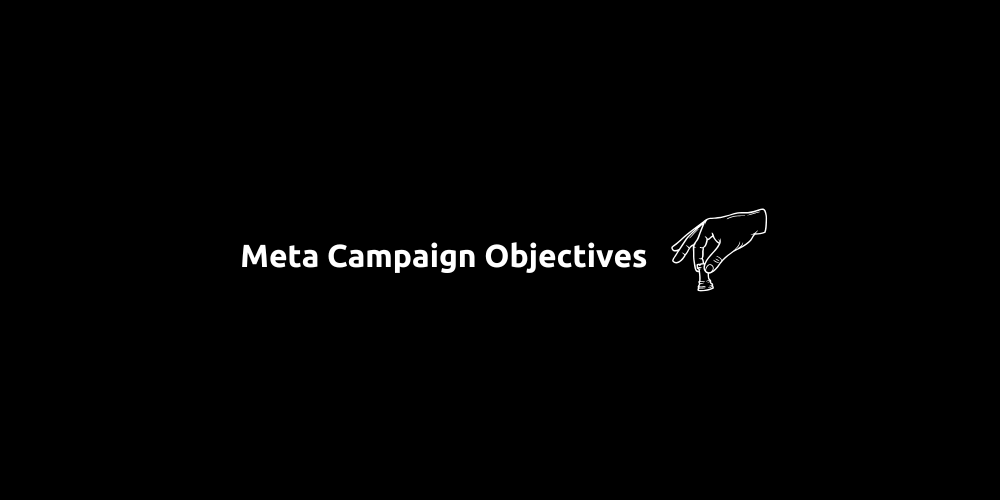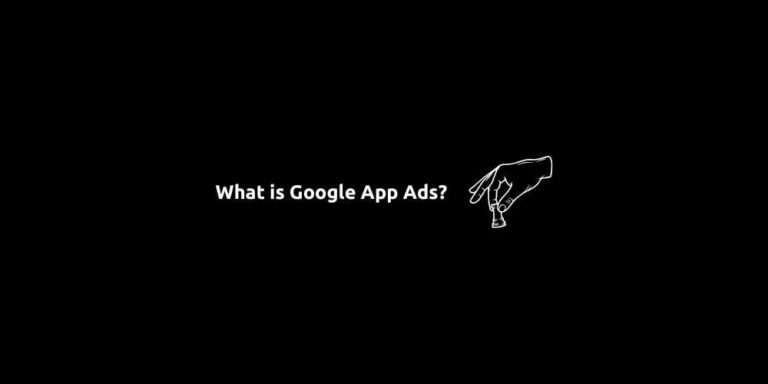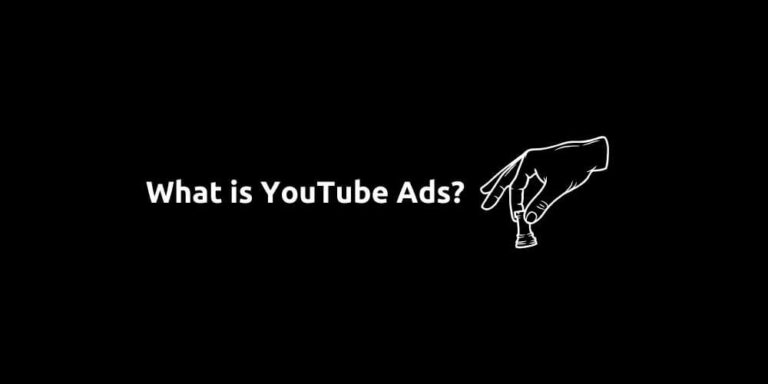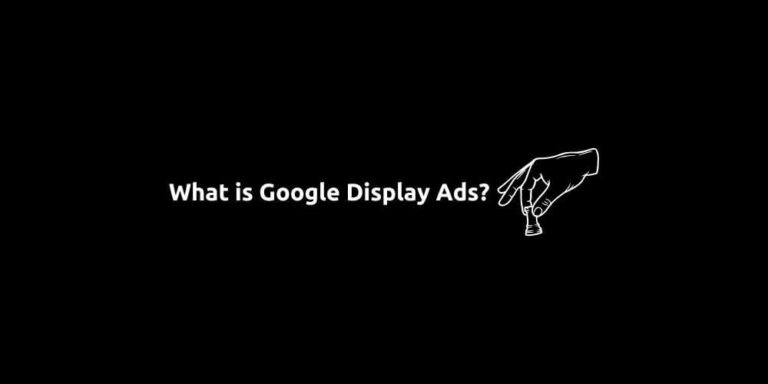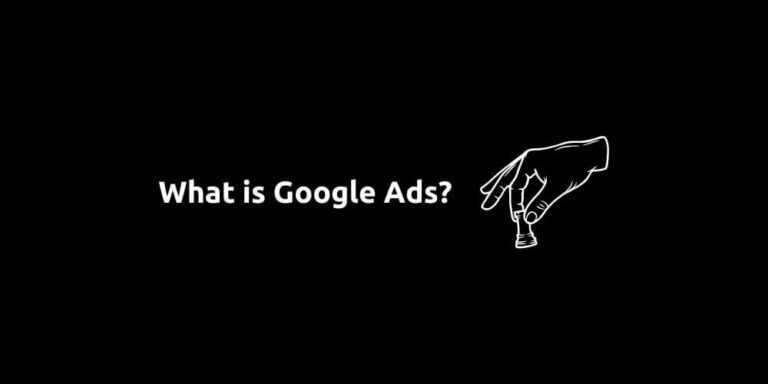Meta Campaign Objectives: A Comprehensive Guide
Meta Ads (aka Facebook Ads) offers advertisers a variety of campaign objectives tailored to different marketing goals. Selecting the right campaign objective is crucial for maximizing ad performance and achieving business goals efficiently. We’ll dive into details but here is a quick summary:
Meta’s campaign objectives are categorized into six key groups: Awareness, Traffic, Engagement, Leads, App Promotion, and Sales. Each of these objectives serves a unique purpose and is designed to optimize ad delivery based on user behavior.
This article explores each campaign objective in detail. After you finish this article, you’ll understand which meta campaign objective is better for which campaign goal.
Content:
- Understanding Meta Campaign Objectives
- Meta Campaign Objective Types
- Choosing the Right Meta Campaign Objective
Understanding Meta Campaign Objectives
Running a successful Meta Ads campaign requires more than just setting up an ad. The platform uses an advanced algorithm that optimizes ad delivery based on the chosen objective, making it essential to select the right one.
The campaign objective determines who sees the ad, how it is delivered, and what type of interactions it prioritizes. Without a clear understanding of each objective, businesses may struggle to achieve their desired results, leading to wasted budget and poor performance.
Meta Campaign Objective Types
Meta categorizes its campaign objectives based on different stages of the customer journey. If your goal is to introduce your brand to new audiences, Awareness campaigns will serve you best. If you aim to drive users to a website or app, Traffic objectives will be more effective.
Businesses looking to build engagement on social media can focus on Engagement campaigns, while those needing leads can use Lead Generation objectives. For mobile-focused businesses, App Promotion objectives help boost app downloads and user retention. Lastly, sales campaigns offer the best solution if your primary goal is to drive purchases and conversions.
But there is more. Understanding the nuances of each campaign objective will help businesses align their advertising strategy with their marketing funnel. This guide provides an in-depth look at each objective, offering insights into how they work and when to use them for maximum efficiency.
Awareness
The awareness objective is designed to increase brand recognition and recall among users. This objective is suitable for businesses looking to introduce their brand, products, or services to a broader audience.
The awareness campaign objective is optimized to reach users who are most likely to remember your brand after seeing the ad. Meta uses ad recall lift studies to determine how effectively users remember your brand over time.
This objective type also ensures maximum exposure by displaying ads to as many people as possible within a specified budget. Businesses can control frequency to prevent overexposure while maintaining visibility.
Awareness campaigns work best for businesses entering new markets, launching new products, or reinforcing brand identity. Although these campaigns do not focus on immediate conversions, they set the foundation for future interactions by making users familiar with your brand.
Traffic
The traffic objective focuses on driving users to a specific destination, such as a website, landing page, or app. It is ideal for businesses aiming to increase website visits and app interactions.
The traffic campaign objective targets users who are more likely to click on your ad link, making it useful for driving initial traffic. Traffic campaigns ensure users not only click but also wait for the landing page to load, providing a higher quality audience.
Traffic campaigns are beneficial for businesses looking to generate leads, promote blog content, or guide potential customers toward an eCommerce store. However, it is essential to have an optimized landing page with clear call-to-actions (CTAs) to maximize conversions.
Engagement
Engagement campaigns encourage users to interact with your content, enhancing social proof and organic reach. This objective is beneficial for growing an online presence and fostering community interaction.
The engagement campaign objective increase likes, comments, and shares on organic posts, making content more visible to a wider audience. Encourages users to follow your business page, strengthening social credibility. Promotes event attendance by targeting people most likely to be interested.
Engagement campaigns work well for businesses looking to build brand credibility, increase organic reach, and maintain an active online presence. They are particularly effective for promoting time-sensitive campaigns, such as product launches and events.
Leads
The leads objective is designed to collect valuable customer information, such as email addresses, phone numbers, and other details for future marketing efforts.
The leads campaign objective, captures leads directly within Meta’s platform, allowing users to submit their details without leaving Facebook or Instagram. Encourages users to fill out lead forms on external landing pages, ensuring higher intent users.
Lead generation campaigns are ideal for service providers, real estate agencies, education institutions, and B2B companies looking to build customer databases for email marketing or sales outreach. To increase conversion rates, businesses should offer incentives such as free resources, discounts, or exclusive access.
App Promotion
The app promotion objective is specifically designed for businesses aiming to increase app downloads and in-app engagement. Targets users who are more likely to download and install your app based on their past behavior.
The app promotion campaign objective encourages specific in-app actions such as purchases, sign-ups, or engagement with particular features.
This objective works best for app-based businesses looking to grow their user base and encourage continued engagement. Successful campaigns use compelling creatives and clear CTAs to drive app installs and retention.
Sales
Sales objective is focused on driving direct purchases and revenue growth, making them essential for eCommerce and retail businesses. Optimizes ads for purchases and other valuable actions on your website.
The sales campaign objective displays relevant products to users based on their past interactions, making it highly effective for retargeting. Pixel tracking ensures that ads are shown to users most likely to convert.
Sales campaigns work best when businesses have a well-structured website, retargeting strategies, and conversion-optimized landing pages. By leveraging dynamic product ads and remarketing techniques, businesses can maximize their return on ad spend (ROAS).
Choosing the Right Meta Campaign Objective
Choosing the right Meta campaign objective is crucial for achieving your marketing goals effectively. Understanding and aligning these objectives with business goals will ensure better ad performance and higher return on investment (ROI).
Success requires a strategic approach, continuous learning, and regular optimization. With the right planning and execution, Meta Ads can be a game-changer in your digital marketing strategy. And this is what we do at SS&T Digital. 👇
